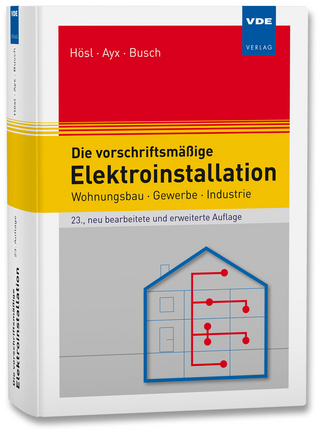
Functional Structures in Networks
Springer Berlin (Verlag)
978-3-642-06141-7 (ISBN)
Functional Structure in Networks presents a new method for creating models of telecom systems that are used by professional network architects and designers. This method emphasizes modeling the (very complex) functional structure of networks in a way that is independent of any hardware and software design methodology. The method also allows designers to express their model in two main views: a generic view and a system view that takes protocols and network configuration issues into account. While the terminology is domain unique, i.e., based on de-facto telecom terminology, all concepts that are used in modeling are well defined. Using a telecom-oriented terminology instead of industry-standard methods for software and protocol design (e.g., UML and SDL) leads to models that are expressive and intelligible for network architects and designers. They are graphical models that show the functional and physical structure of networks at different levels of details, and information on properti.es, including behaviour, is attached.
to Network System Modeling.- Layer Structures.- Node Structures.- Modeling Vertical and Horizontal Partitions.- Management and Traffic Systems.- Applying AMLn.
| Erscheint lt. Verlag | 22.10.2010 |
|---|---|
| Reihe/Serie | Signals and Communication Technology |
| Zusatzinfo | XVI, 280 p. |
| Verlagsort | Berlin |
| Sprache | englisch |
| Maße | 155 x 235 mm |
| Gewicht | 448 g |
| Themenwelt | Technik ► Elektrotechnik / Energietechnik |
| Technik ► Nachrichtentechnik | |
| Schlagworte | Architecture • Complexity • Design method • functional structures • Information • Information and Communication, Circuits • Model • Modeling • Modelling • Networks • Operator • Standards • Symbol • System Modeling |
| ISBN-10 | 3-642-06141-9 / 3642061419 |
| ISBN-13 | 978-3-642-06141-7 / 9783642061417 |
| Zustand | Neuware |
| Haben Sie eine Frage zum Produkt? |
aus dem Bereich


